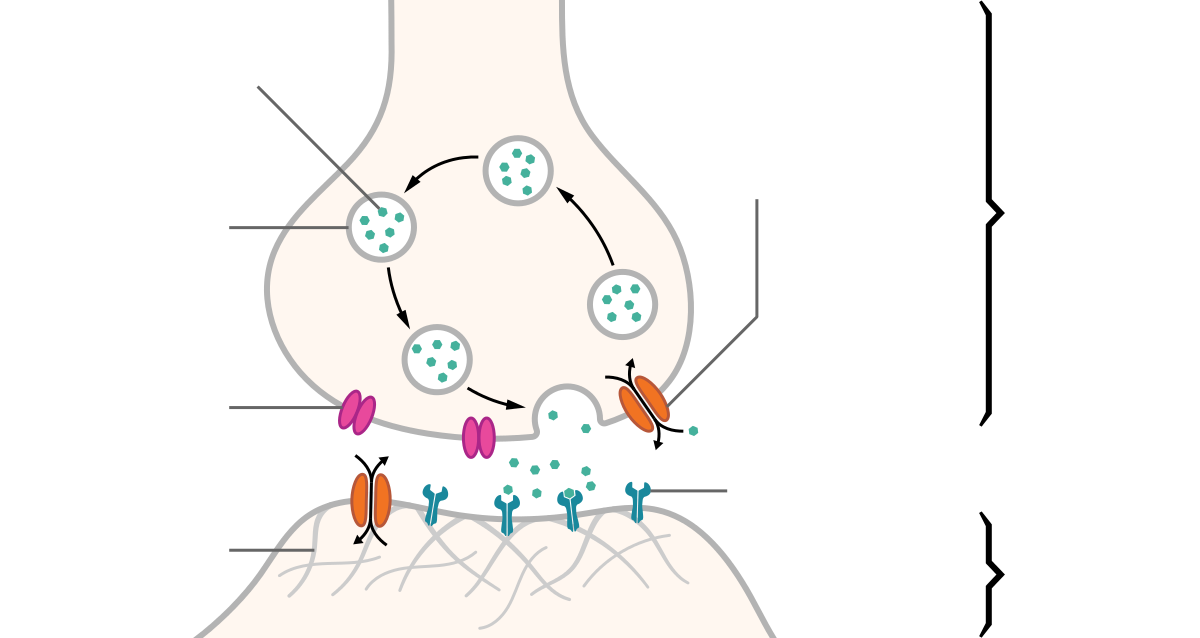Enzymes are biological catalysts.
Enzymes are proteins.
These two sentences are actually the main way to characterize an enzyme. Firstly, a biological catalyst is a substance that speeds up the rate of the reaction (how quickly it happens per unit time) without changing the equilibrium. Further, enzymes are biological catalysts because they are made within the body. It's actually easy to envision two reactions which are reversible- the products can react to form the initial reactants- to understand what is the equilibrium that I'm talking about and how enzymes are maybe best described as the second hand. That is because the reactants can react together on their own but that would take a long time so enzymes, due to their ability which I would talk about as we progress, come and help with lowering the activation energy( the energy needed for the molecules to engage with each other) without being directly involved. Come to think of it,they remind me of industrial machines which help put and secure the cap of bottles on; they do help but after finishing one bottle they can get on with the cap of the next without being changed.
Secondly, they are proteins. Proteins are biological molecules which are made up of amino acids, which bond through peptide bonds. This is really one of the most exciting thing about enzymes and



